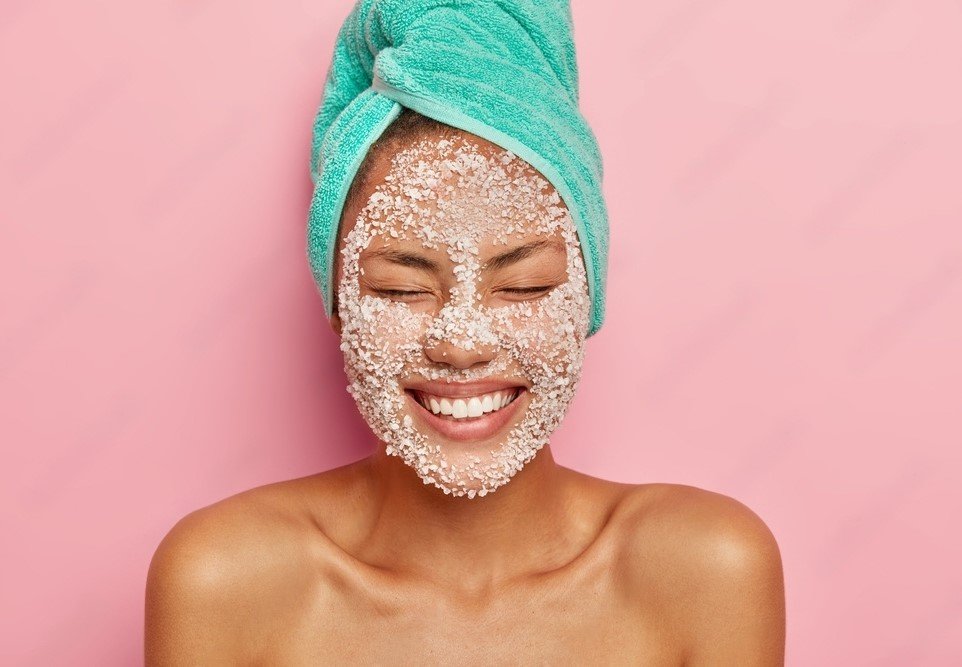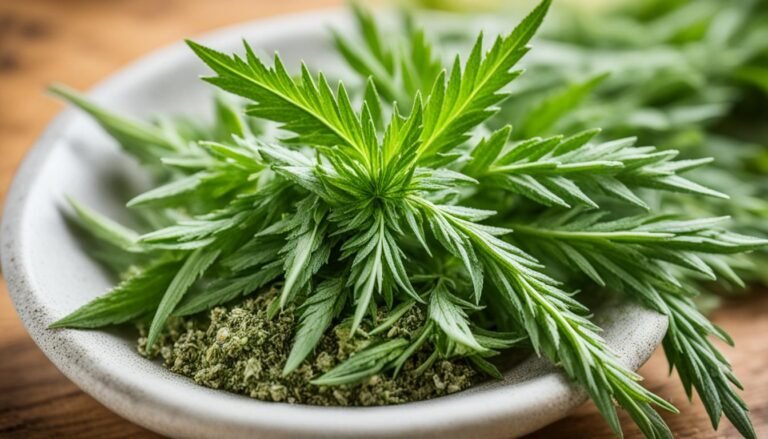Exfoliation101: The Ultimate Beginner’s Guide to Why, When and How.
This post may contain affiliate links. That means that if you click on a link and purchase something I recommend, I will receive a small commission at no extra cost to you. As an Amazon Associate, I earn from qualifying purchases. This helps keep my website up and running and is very appreciated. Thank you for your support!
Are you ready to unlock the secret to glowing skin? Well, you’ve come to the right place. Today, I want to share with you the ultimate beginner’s guide to exfoliation. Trust me, once you discover the power of exfoliation, you’ll wonder how you ever lived without it.
But first of all I want you to picture this with me , It’s a beautiful sunny morning, and you’re getting ready to start your day. You catch a glimpse of yourself in the mirror and…wait, what’s that? Dead skin cells making you look dull and lackluster. Ugh, not the look you were going for.
But don’t worry! Exfoliation is here to save the day.
Now, I know what you might be thinking. Exfoliation can be a bit overwhelming, especially if you’re new to the game. But fear not! I’ve got all the tips, tricks, and techniques you need to become an exfoliation pro in no time.
So, grab a cup of tea, sit back, and Let’s dive in!
Key Takeaways:
Exfoliation Removes Dead Skin Cells, Revealing A Fresh And Glowing Complexion
There Are Different Exfoliation Methods, Including Chemical And Physical Exfoliants.
Follow Up With Moisturizer And Sunscreen After Exfoliating To Maintain Healthy Skin.
Exfoliate 1-4 Times Per Week, Depending On Your Skin Type.
Choose The Right Exfoliation Method Based On Your Skin Type And Concerns.
Benefits of Exfoliation
As someone who is quite passionate about exfoliating, if you were to ask me about the benefits and impact it has had on my skin, I could talk endlessly. However, I understand that you’re not here to listen to me go on and on about myself. Instead, let me summarize the five benefits of exfoliating that I have noticed since incorporating it into my skincare routine.
One of the main benefits of exfoliating was that it helped clear up my pores, which may become blocked with oil and dead skin cells. Exfoliation promotes healthier and brighter skin by removing these pollutants.
I also noticed that exfoliating helped diminish the appearance of age spots, which gave my skin a more radiant and younger look. Before exfoliation became a regular part of my skincare regimen, I dealt with infrequent breakouts and lackluster skin. But my skin’s clarity and texture drastically improved once I started exfoliating regularly.
Furthermore, exfoliation is known to minimize the appearance of fine lines and wrinkles. By removing dead skin cells, exfoliation encourages the turnover of new cells, enhancing the skin’s elasticity and promoting a smoother texture.
One of the most coveted benefits of exfoliation is its ability to promote a radiant and glowing complexion. By eliminating dull and dead skin cells, exfoliation reveals the underlying healthy skin, resulting in a more luminous and youthful appearance.
Overall, incorporating exfoliation into your skincare routine can provide numerous benefits, including unclogging pores, fading age spots, minimizing fine lines and wrinkles, and promoting a radiant complexion. However, it is essential to choose the right exfoliation method and frequency that suits your skin type and concerns.
How to Exfoliate Properly
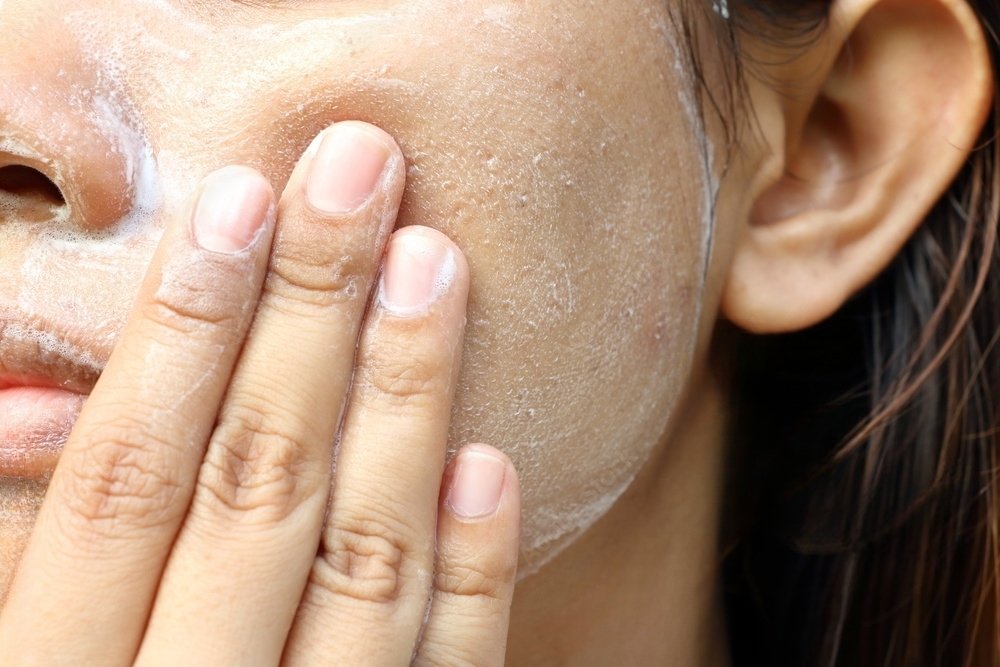
So, let’s talk about exfoliation, You know, it’s kinda like baking a cake – if you don’t follow the recipe, you’re not gonna get that delicious outcome you’re hoping for; Your skin is no different! If you want to see some serious results from your exfoliation routine, you better make sure you’re doing it the right way. So if you wanna get that radiant skin, you gotta exfoliate the right way. No shortcuts here ! It’s crucial to follow the proper steps, or else you’re just wasting your time and products. Here’s a simple guide on how to exfoliate effectively, especially for skincare beginners:
1-Cleanse Your Skin
Kick things off by prepping your skin for exfoliation with a gentle cleanser– think of it as setting the stage for a flawless performance! Start by giving your face a good cleanse . This simple step may seem insignificant, but it plays a crucial role in eliminating any dirt, oil, or impurities that may be lingering on the surface of your skin. allowing the exfoliant to work more effectively.
2-Choose Your Exfoliant
There are two main types of exfoliants: chemical and mechanical. Chemical exfoliants use ingredients like alpha hydroxy acids (AHAs) or beta hydroxy acids (BHAs) to dissolve dead skin cells, while mechanical exfoliants involve physical tools or scrubs to physically remove them. Select an exfoliant that suits your skin type and preferences.
For Chemical Exfoliants:
- Ensure your skin is wet before applying the product.
- Massage the exfoliant gently onto your skin, avoiding the eye area.
- Allow the product to sit for about a minute to allow the active ingredients to work.
- Rinse off with warm water.
For Mechanical Exfoliants:
- Apply the exfoliant using a tool or face scrub, using gentle circular motions.
- Avoid scrubbing too hard to prevent skin damage.
- Rinse off thoroughly with warm water.
Remember, Consistency is crucial for effective exfoliation. Just like how regularly watering your plants helps them thrive, maintaining a consistent exfoliation routine will yield the best results for your skin. Once you’ve discovered your perfect routine, make sure to stick with it consistently.
Finding the perfect balance is also crucial when it comes to exfoliating, as it helps prevent any potential irritation to your skin. It’s important to approach exfoliation with a gentle touch, keeping it to a maximum of 1-2 times per week. Finding the right balance is key to maintaining a happy and healthy complexion. You want to nourish your skin without overdoing it and causing it to lose its natural oils.
3-Follow up with Toner and Moisturizer
Once you’ve exfoliated, it’s absolutely essential to restore your skin’s moisture barrier. Follow up with a toner into your routine to rebalance your skin’s pH levels, and moisturizer to deeply hydrate and nourish your newly revealed skin. This helps to maintain a healthy and glowing complexion.
Remember, exfoliation should be a part of a comprehensive skincare routine tailored to your specific needs. Consistency, moderation, and attention to your skin’s reaction are key to achieving the best results.
author’s tip
By following these simple yet essential steps, you can exfoliate properly and enjoy the numerous benefits of this skincare practice.
Choosing the Right Exfoliation Method
When it comes to exfoliating your skin, it’s crucial to select the appropriate method that complements your specific needs and skin type. There are primarily two main methods to choose from: physical and chemical.
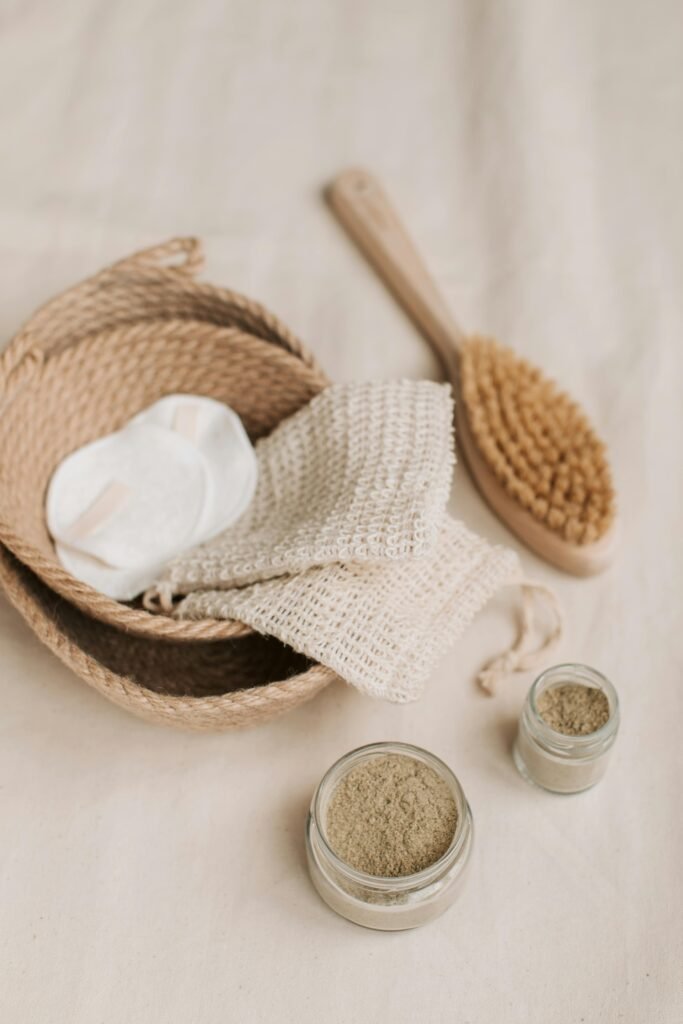
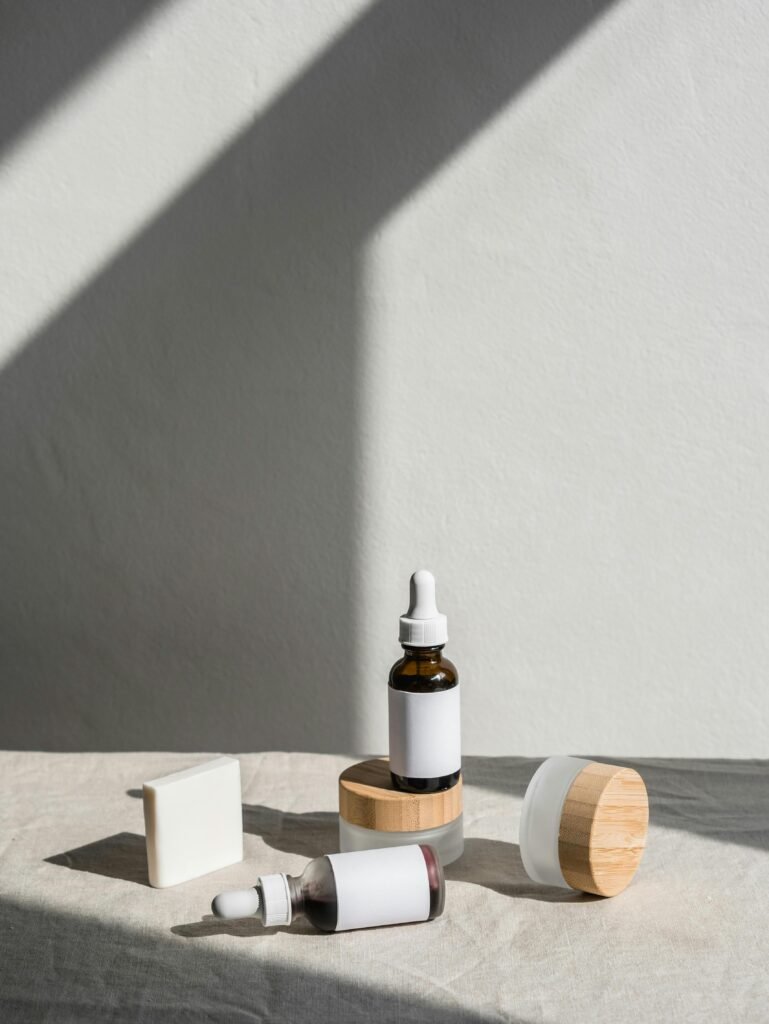
Physical Exfoliation
Physical exfoliation involves using tools or scrubs to manually remove dead skin cells from the surface of your skin. This method can be effective for most skin types, but it’s crucial to be gentle to avoid any irritation or damage. Popular physical exfoliation tools include brushes, sponges, or facial scrubs with small beads or granules. These tools work by physically scrubbing away the dead skin cells, revealing a fresh and rejuvenated complexion.
Chemical Exfoliation
Chemical exfoliation involves using ingredients like alpha hydroxy acids (AHAs) or beta hydroxy acids (BHAs) to dissolve dead skin cells. AHAs, such as glycolic acid, are water-soluble and primarily work on the skin’s surface. BHAs, like salicylic acid, are oil-soluble and can penetrate deeper into the pores to clear out impurities. Chemical exfoliation is suitable for all skin types but may cause sensitivity in some individuals. It’s crucial to start with a lower concentration and gradually increase as your skin tolerates it.
Bonus Method : DIY Exfoliation Methods

If you prefer a more natural approach, you can try DIY exfoliation methods using ingredients you may already have in your kitchen. Natural ingredients like sugar, salt, or coffee grounds can be mixed with a carrier oil or gentle cleanser to create a homemade scrub.
However, it’s important to be cautious and ensure that the ingredients are not too abrasive or harsh for your skin. Test a small area like your knee or your elbow first before applying the scrub to your entire face.
In my own experience, when I was on a tight budget, I turned to homemade remedies for my skincare routine. These DIY options proved to be both cost-effective and beneficial for my skin. It’s a great way to take care of your skin without spending a fortune.
Overall, it all comes down to your skin type and what you prefer when it comes to chosing an exfoliation methods. In my personal experience, I’ve discovered that trying out both physical and chemical exfoliation was vital. At first, I was more inclined towards physical exfoliants, but I eventually realized that chemical exfoliation was a better fit for my oily skin. Trying out different methods can be a great way to figure out what works best for you and gets you the results you want.
Conclusion
So is Exfoliation worth it ? Well my answer is a big YES, Exfoliation has been a game-changer in my skincare routine. It’s like unlocking the secret to healthier, happier skin! By finding the right method and frequency for me, I’ve seen significant improvements in the texture and overall appearance of my skin. It’s not just about looking good; it’s about feeling confident and comfortable in my own skin. So, if you’re on the fence about exfoliation, trust me – it’s worth it! Just remember to listen to your skin, find what works best for you, and enjoy the glow-up journey.

